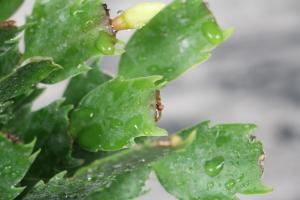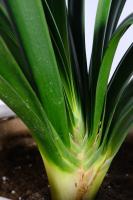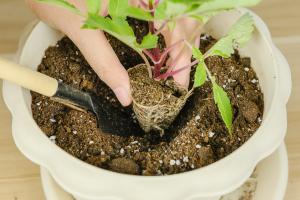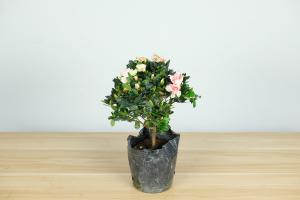Can You Plant a Crabapple Tree Near a Septic?
When it comes to planting trees near septic systems, homeowners are often cautious. Septic systems are sensitive and require proper maintenance to function correctly. They also take up a significant portion of the property and may limit the available planting space. One question that often arises is whether it's safe to plant a crabapple tree near a septic system. In this article, we will explore the answer to this question in detail.
The Risks of Planting Trees Near Septic Systems
Septic systems are designed to treat household wastewater and return it safely to the environment. However, they are susceptible to damage from a variety of sources, including tree roots. Trees that are planted too close to a septic system can cause several problems:
Root intrusion: Tree roots seeking water and nutrients can infiltrate pipes and cause blockages.
Damage to the Tank: The roots can also grow into the tank and cause cracks, leaks, and other damage.
Disruption of Drainfield: Tree roots can disrupt the soil balance in the drainfield, reducing the system's effectiveness.
Hazardous Materials Uptake: Trees can absorb chemicals and other hazardous materials from the soil, which may then contaminate the groundwater.
What Is a Crabapple Tree?
Crabapple trees are a popular ornamental tree with beautiful spring flowers and colorful fruit. They are part of the Malus family and are related to apples. They are typically smaller than standard apple trees and are available in various shapes and sizes. The fruit of a crabapple tree is small, typically around 2 inches in diameter, and is usually too sour to eat raw. However, they are often used in cooking, making jams, and other recipes.
Can a Crabapple Tree Be Planted Near a Septic System?
The answer is yes, but with some caution. Crabapple trees are generally considered safe to plant near a septic system, but this depends on various factors, including the age and condition of the system. To decide whether to plant a crabapple tree near a septic system, consider the following:
The Size and Vigor of the Tree: The larger the tree, the more extensive the root system, and the greater the potential risk of damage to the septic system.
Distance From System: The closer the tree is to the septic system, the greater the risk of damage. Plant trees as far away as possible.
Type of Septic System: Some septic systems are more sensitive to root intrusion than others. Conventional gravity-fed systems may be more at risk than alternative systems like aerobic treatment units or mound systems.
The Age of the System: Older systems are more prone to damage from tree roots, so exercise caution when planting near them.
Best Practices for Planting Crabapple Trees Near Septic Systems
If you decide to plant a crabapple tree near your septic system, follow these best practices:
Plant the tree as far away from the septic system as possible, ideally at least 50 feet away.
Select a smaller, slow-growing variety of crabapple tree to minimize root intrusion.
Do not plant the tree on top of the septic system or drainfield.
Monitor the tree's growth and prune regularly to prevent roots from spreading toward the septic system.
Consider using a root barrier to prevent roots from infiltrating the system.
Conclusion
Planting a crabapple tree near a septic system is possible, but it should be approached with caution. Ensure that the tree is planted a safe distance from the septic system, consider the type and age of the system, and select a smaller, slow-growing variety to minimize root intrusion. With proper maintenance and monitoring, a crabapple tree can be a beautiful addition to your landscape without posing a threat to your septic system's function.

 how many times do yo...
how many times do yo... how many planted tre...
how many planted tre... how many pine trees ...
how many pine trees ... how many pecan trees...
how many pecan trees... how many plants comp...
how many plants comp... how many plants can ...
how many plants can ... how many plants and ...
how many plants and ... how many pepper plan...
how many pepper plan...

































